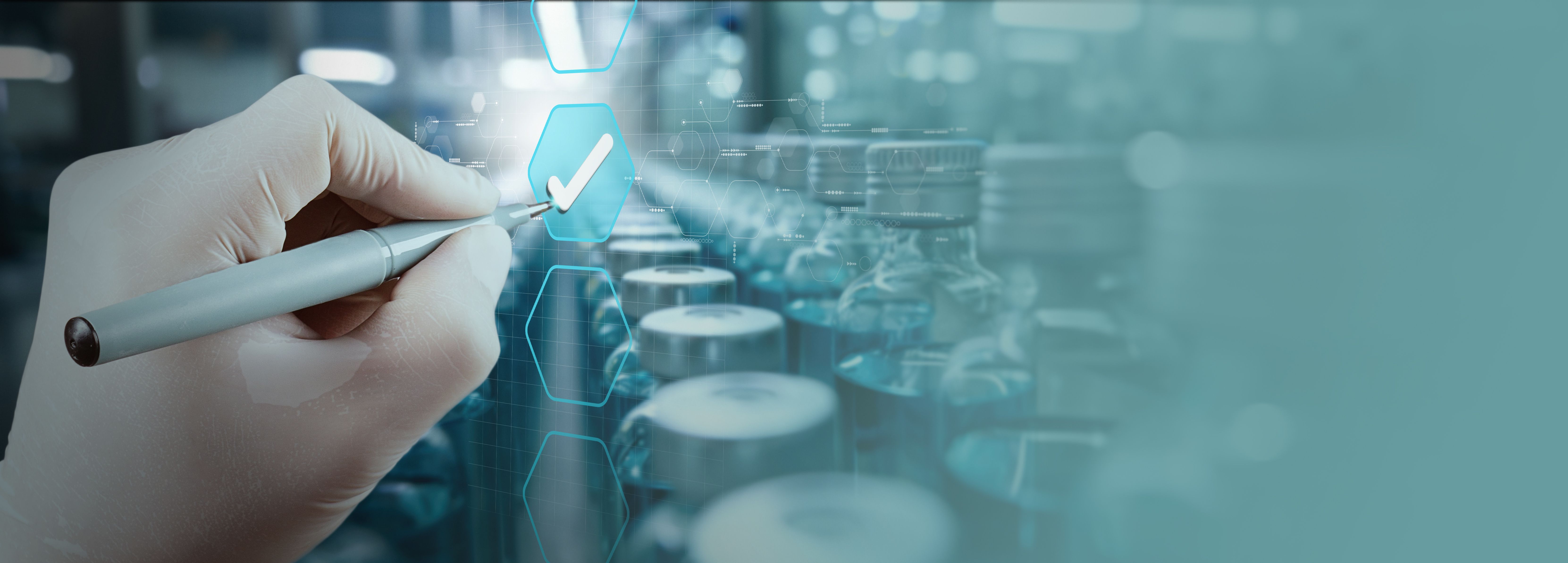News
Article
Pharmaceutical Technology
Inside EDQM: The Role of the Pharmacopeia in a Globalized World
As drug manufacturing and standards grow, pharmacopeias must adapt to meet new challenges.
Pharmacopeias have historically provided collections of medical recipes intended to ensure accurate dispensation of medicines by pharmacists. Today, pharmacopeias play a major role in the regulatory process and the control of active pharmaceutical ingredients (APIs), excipients, and drug products that are used by industrial manufacturers, official medicines' control laboratories, and regulatory authorities. Pharmacopeias provide public standards, specifications, and test methods that are likely to be used by independent analysts for quality control. They also play an important role in the fight against falsified and counterfeited medicines, a growing threat to public health.

Susanne Keitel, PhD
An early example of the need for pharmacopeial harmonization was the creation of the British Pharmacopeia in 1858 to overcome the inconveniences and dangers resulting from the existence of three different pharmacopeias in the United Kingdom and Ireland: those of London, Edinburgh, and Dublin. About a century later, in 1964, the Convention on the Elaboration of a European Pharmacopeia set forth by eight member states of the Council of Europe established harmonized standards for medicines in Europe. The convention facilitated the free movement of medicines throughout member states and ensured access to medicines by European citizens. Today, this convention has 37 signatory parties from Europe as well as 23 observers from all over the world, including the United States and China.
Evolving with the world
Globalization encompasses the exchange of goods and services over broad distances. To ensure consistent product quality, regardless of its source, the need for increased standardization arises. For the pharmacopeias, this means that in the development of test methods, the different sources of medicinal substances must be considered, especially in view of the shift of API production from Europe and the US to India and China. A monograph based solely on a single source or solely on the methods and specifications developed by one producer will unnecessarily restrict the choice of substance supply and may limit access to affordable, quality medicines. Test methods must be sufficient and robust, based on technologies that are state-of-the-art and available globally at reasonable costs.
A pharmacopeia must have a globally established reputation and policies that define product quality and facilitate application of these standards by producers worldwide. In addition, a pharmacopeia must have a high degree of visibility and be open to communication with stakeholders and partners. The 1990 creation of the Pharmacopeial Discussion Group (PDG) by Europe, Japan, and the US—all representatives of the International Conference on Harmonization (ICH)—represented a step toward pharmacopeial harmonization at a broader level. As a result of the work of PDG, more than 40 excipient monographs and 27 general methods have been harmonized among the three pharmacopeias. However, much remains to be done in this area, which has been recognized by PDG in its constant effort to improve their processes and increase output.
A globalized pharmaceutical industry of course has a strong interest in truly globally harmonized pharmacopeias. Although PDG is committed to moving harmonization between the three ICH regions ahead, one might question whether this is sufficient in terms of speed and global impact. A harmonized regulatory system, with mutual recognition of assessment/decision-making by licensing authorities and inspectors, including globally harmonized pharmacopeias, would be beneficial in several ways.
However, is time yet ripe for such a globalized regulatory system? Are the relevant policies and approaches sufficiently harmonized? Does the economic situation and the different degree of access to medicines in the various regions allow for the same standards? Is too much standardization potentially a barrier for innovation? My personal view at this point in time is that a globally harmonized regulatory system is worth the effort, but will still need a lot of discussion and development on an international level.
Taking on new topics
To stay useful and current, a pharmacopeia must also follow developments in medical practice and technologies. One side effect of globalization is the arrival of additional ethnic medicines in the West. In this field, pharmacopeias are obliged to develop quality standards not only for classical European homeopathy, but also for traditional Chinese and Ayurvedic medicines.
With regard to technological advances, one example is the shift from using chemically defined to biotechnologically derived substances in the production of medicines. This move is highly visible in Europe in the development portfolios of the pharmaceutical industry and in the increased number of follow-on biologics appearing on the market.
Changes in the pharmaceutical industry such as those recently adopted by ICH on pharmaceutical development, quality risk management, and quality systems (ICH guidelines Q8, Q9, and Q10, respectively) must be followed as well. A pharmacopeia defines legally binding quality standards that will be used in cases of dispute. At the same time, a pharmacopeia must allow for sufficient flexibility to encourage innovation, for example, in the development and implementation of process analytical technology (PAT) in the production and control of API and finished products. It is important to allow for a tiered system, considering the different needs of the global pharmaceutical industry and small- and medium-sized enterprises, while ensuring protection of public health.
The pharmacopeias also play an important role in protecting patients from some of the downsides of globalization, namely adulteration and counterfeiting of medicines. Although a pharmacopeia will never be able to control all possible potential adulterations and resulting impurities, it must be vigilant and capable of adjusting its standards to market developments and quickly revising its monographs when the need arises.
It is important, however, to ensure that stakeholders understand that prevention of drug adulteration or counterfeiting is not achievable by a pharmacopeia or any other stakeholder alone. The pharmacopeias' contributions are vital to the overall success of multidisciplinary, multisectorial, and international cooperation in fighting counterfeited medicinal products, an ever-increasing risk to public health.
Susanne Keitel, PhD, is director of the European Directorate for the Quality of Medicines and Healthcare (EDQM) of the Council of Europe in Strasbourg, France. EDQM is also responsible for the European Pharmacopeia (PhEur), Susanne.Keitel@edqm.eu.
Newsletter
Get the essential updates shaping the future of pharma manufacturing and compliance—subscribe today to Pharmaceutical Technology and never miss a breakthrough.






